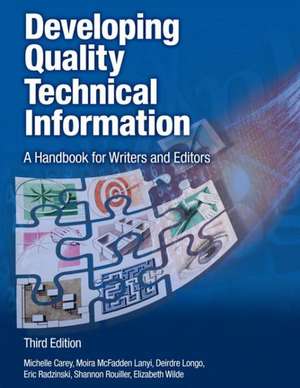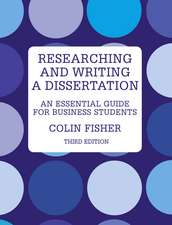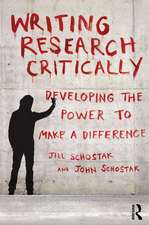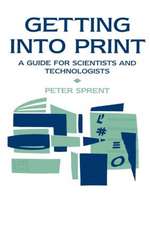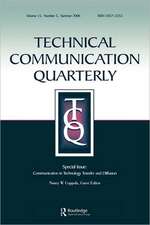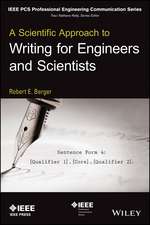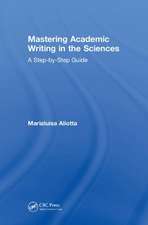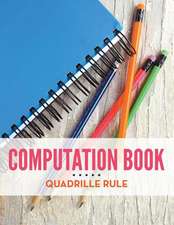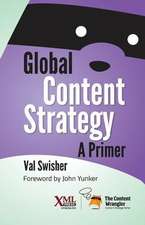Developing Quality Technical Information: IBM Press
Autor Gretchen Hargis, Michelle Carey, Ann Hernandezen Limba Engleză Paperback – 31 iul 2014
- Advocating for users throughout the entire product development process
- Delivering information in an ordered manner by following progressive disclosure techniques
- Optimizing content so that users can find it from anywhere
- Streamlining information for mobile delivery
- Helping users right where they are
- Thoroughly revised and updated
- Extensive new coverage of self-documenting interfaces and embedded assistance
- Updated practical guidelines and checklists
- Hundreds of new examples
Preț: 293.87 lei
Nou
56.25€ • 61.12$ • 47.28£
Carte disponibilă
Livrare economică 31 martie-14 aprilie
Livrare express 15-21 martie pentru 51.08 lei
Specificații
Notă biografică
The authors are all long-standing and respected members of the information development community at IBM. Although the authors have served in various roles throughout their careers, information quality has always been and continues to be their primary focus.
Michelle Carey is an information architect and technical editor at IBM and has taught technical communication at University of California Santa Cruz Extension. Michelle is the co-author of the book DITA Best Practices: A Roadmap for Writing, Editing, and Architecting in DITA. She is an expert on topic-based information systems, software product error messages, grammar, embedded assistance for user interfaces, and writing for international audiences. She also writes computational linguistic rules for a grammar, style, and terminology management tool. Michelle enjoys teaching, grammar, herding cats, and riding and driving anything with a lot of horsepower.
Moira McFadden Lanyi is an information architect and technical editor at IBM. She has experience with topic-based writing, DITA, embedded assistance, user interface design, and visual design. She created 99% of the artwork in this book. She is a co-author of the book An Introduction to IMS. Moira enjoys visiting San Francisco with her family as often as possible, cooking fresh, healthy meals, and watching her courageous son ride his unicycle and surf.
Deirdre Longo is an information architect and strategist at IBM. She has been a pioneer for embedded assistance in IBM: defining the scope of that term, developing standards for embedded assistance, and modeling how to work effectively in cross-disciplinary teams. She has taught webinars for the Society of Technical Communication (STC) and published articles on information architecture topics in STC's Intercom. She is an avid yoga practitioner.
Eric Radzinski is a technical editor and information architect for industry-leading mainframe database software at IBM. He is a co-author of The IBM Style Guide: Conventions for Writers and Editors and is well versed in topic-based writing, embedded assistance, DITA, and writing for a global audience. Eric makes his home in San Jose, California, with his wife and their three children.
Shannon Rouiller is an information architect and technical editor at IBM. She has experience with quality metrics, topic-based information systems, DITA, videos, embedded assistance, and user interface design. She is a co-author of the book Designing Effective Wizards. Shannon dabbles in sports photography and likes to solve puzzles.
Elizabeth Wilde is an information quality strategist at IBM, developing strategies and education for developing high-quality content. She develops Acrolinx computational linguistic rules that enforce grammar, style, and DITA tagging rules. She teaches an extension course in technical writing at the University of California Santa Cruz. Her hobbies include growing cacti and succulents and collecting tattoos.
Cuprins
- Preface
- Acknowledgments
- About the authors
- Part 1. Introduction
- Chapter 1. Technical information continues to evolve
- Embedded assistance
- Progressive disclosure of information
- The technical writer's role today
- Redefining quality technical information
- Chapter 2. Developing quality technical information
- Preparing to write: understanding users, goals, and product tasks
- Writing and rewriting
- Reviewing, testing, and evaluating technical information
- Part 2. Easy to use
- Chapter 3. Task orientation
- Write for the intended audience
- Present information from the users' point of view
- Focus on users' goals
- Identify tasks that support users' goals
- Write user-oriented task topics, not function-oriented task topics
- Avoid an unnecessary focus on product features
- Indicate a practical reason for information
- Provide clear, step-by-step instructions
- Make each step a clear action for users to take
- Group steps for usability
- Clearly identify steps that are optional or conditional
- Task orientation checklist
- Chapter 4. Accuracy
- Research before you write
- Verify information that you write
- Maintain information currency
- Keep up with technical changes
- Avoid writing information that will become outdated
- Maintain consistency in all information about a subject
- Reuse information when possible
